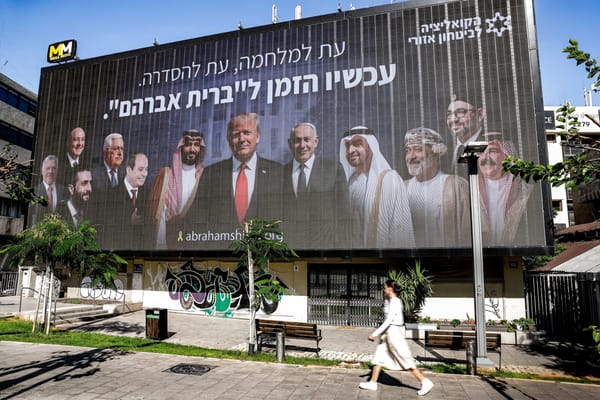China's New Silk Road Strategy
In the current issue [http://www.merip.org/mer/latest] of Middle East Report, we write about the strategic logic of China’s increasing investment in teaching Middle Eastern languages [http://www.merip.org/mer/mer270/chinas-strategic-middle-eastern-languages], particularly Arabic, Persian and Turkish









